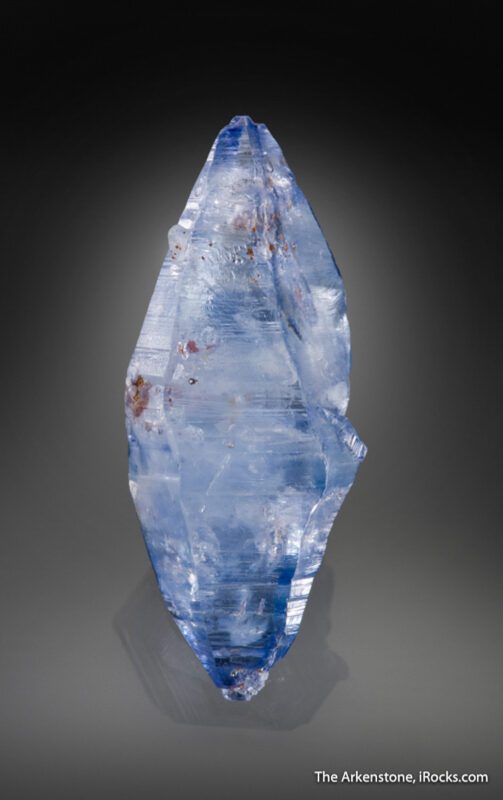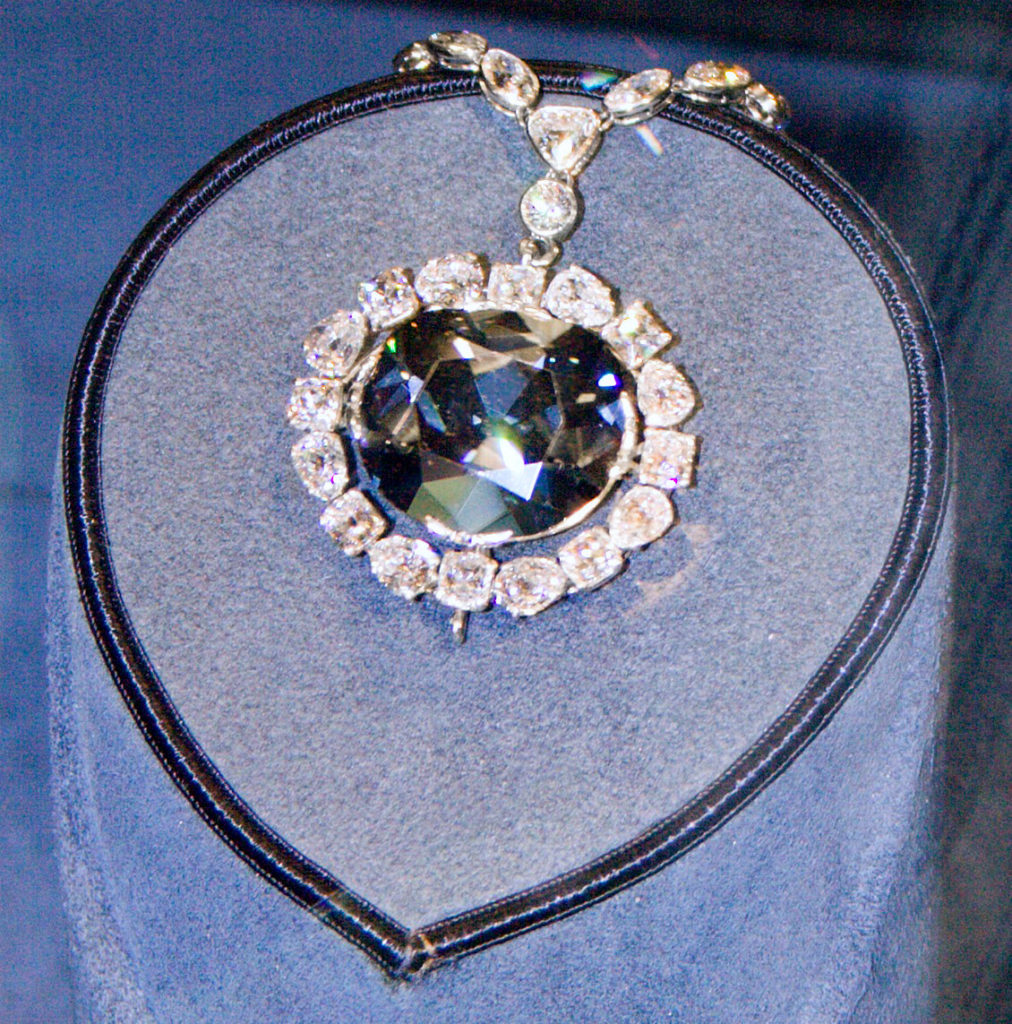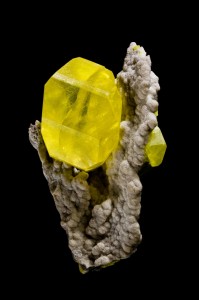Visit a Gallery, a Museum and the Dallas Symposium: A Hands-on Education
There’s no greater fulfillment in collecting rare rocks and minerals than seeing an incredible specimen in person. Not only is it a rare opportunity to engage with scholars, you’re also bound to learn a wealth of information that cannot be found in an article. This is why we at the Arkenstone encourage enthusiasts to visit museums and symposiums to see rare minerals that couldn’t be found anywhere else.
The founder of the Arkenstone, Dr. Robert Lavinsky, has woven this passion for hands on education into the culture of the company with several specimens in display at the Smithsonian Institute, Harvard University, the California Institute of Technology, and many others. In our opinion, here are some reasons to start planning your next museum or symposium visit today:
You’ll See Premier Specimens
Going to a museum or symposium gives you the chance to see some of the finest specimens found on earth and learn from experts. It’s one thing to read about a rare rock in a magazine or online article. Being up close and personal with some of the earth’s rarest minerals like benitoite, red beryl, euclase, and alexandrite is a far richer experience.
You’ll See Complete Collections

Natural sapphires like this one are judged on criteria like crystal shape, color, and the rarity of the location. Joe Budd Photo.
The most exciting part of visiting a museum or symposium are its complete collections. Some minerals like sapphires come in a variety of colors with large specimens being incredibly rare. Visiting an exhibit with an entire collection is a unique opportunity to indulge in a collection that would otherwise take dedicated years and resources to complete.
Some museums dedicate entire rooms to collections by world famous hobbyists and researchers like the Smithsonian Natural History Museum’s Janet Annenberg Hooker Hall. The museum is residence to over 2,500 minerals and gems, including the Hope Diamond and the Star of Asia sapphire.[1]

The Hope Diamond at the Smithsonian, one of the world’s most famous gems. By David Bjorgen – Own work, CC BY-SA 3.0
You’ll Meet Experts in The Field
There’s no shortage of rare rock and mineral experts when you visit a museum or symposium. Museum curators and docents have extensive background knowledge about the rare rocks in display and will happily offer references for further studies.
Symposium events like the annual Dallas Mineral Collecting Symposium and the Tucson Mineral Shows bring hundreds of scholars and enthusiasts to review the season’s most important discoveries and research. These events typically have showrooms available, allowing you to network with other enthusiasts.
Opportunities to Handle Rare Minerals

Sulfur from Sicily, Italy. Photo by Joe Budd.
A great way to familiarize yourself with the spectrum of rare rocks and minerals is to observe their physical properties. From the surprising smell of sulfur to the unexpected weight of gold, handling rare minerals provides deeper insight.
Some museums have special exhibits planned that allow visitors to handle specimens. The National History Museum in Los Angeles County encourages visitors to handle their slabs of jadeite – a highly praised material around the world.[2]
Visiting a museum or symposium offers unique opportunities that can’t be experienced anywhere else. So, fit a trip into your next vacation or outing today!
Looking to start your own rare rock and mineral collection? Follow the Arkenstone on their many mineral shows throughout the year! Information on the shows we’ll be attending can be found on our Mineral Shows page. We’d love to meet with you and talk about the specimens in our collections!
We’ve recently updated our galleries with many impressive specimens from around the world. You can find our latest collections here.
[1] “Museum Event Spaces”. Smithsonian Natural Museum of Natural History. http://naturalhistory.si.edu/specialevents/gems.html
[2] “Gem and Mineral Hall”. Natural History Museum. http://www.nhm.org/site/explore-exhibits/permanent-exhibits/gems-minerals